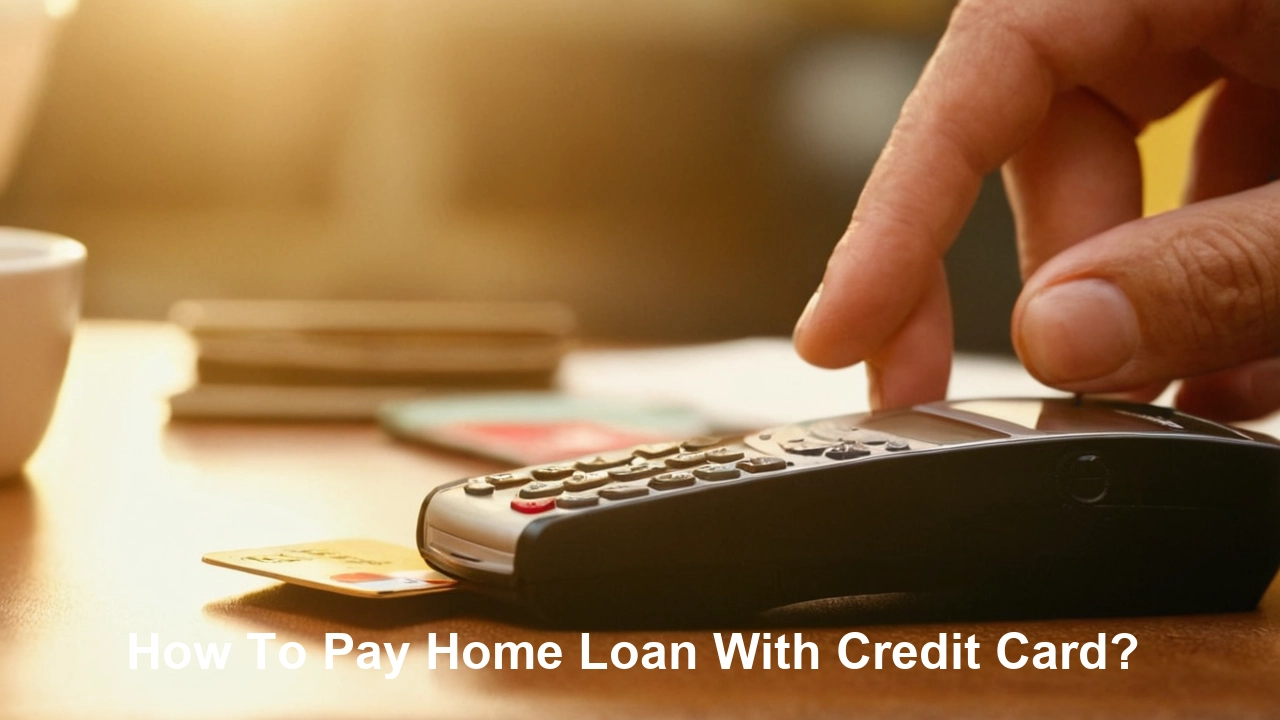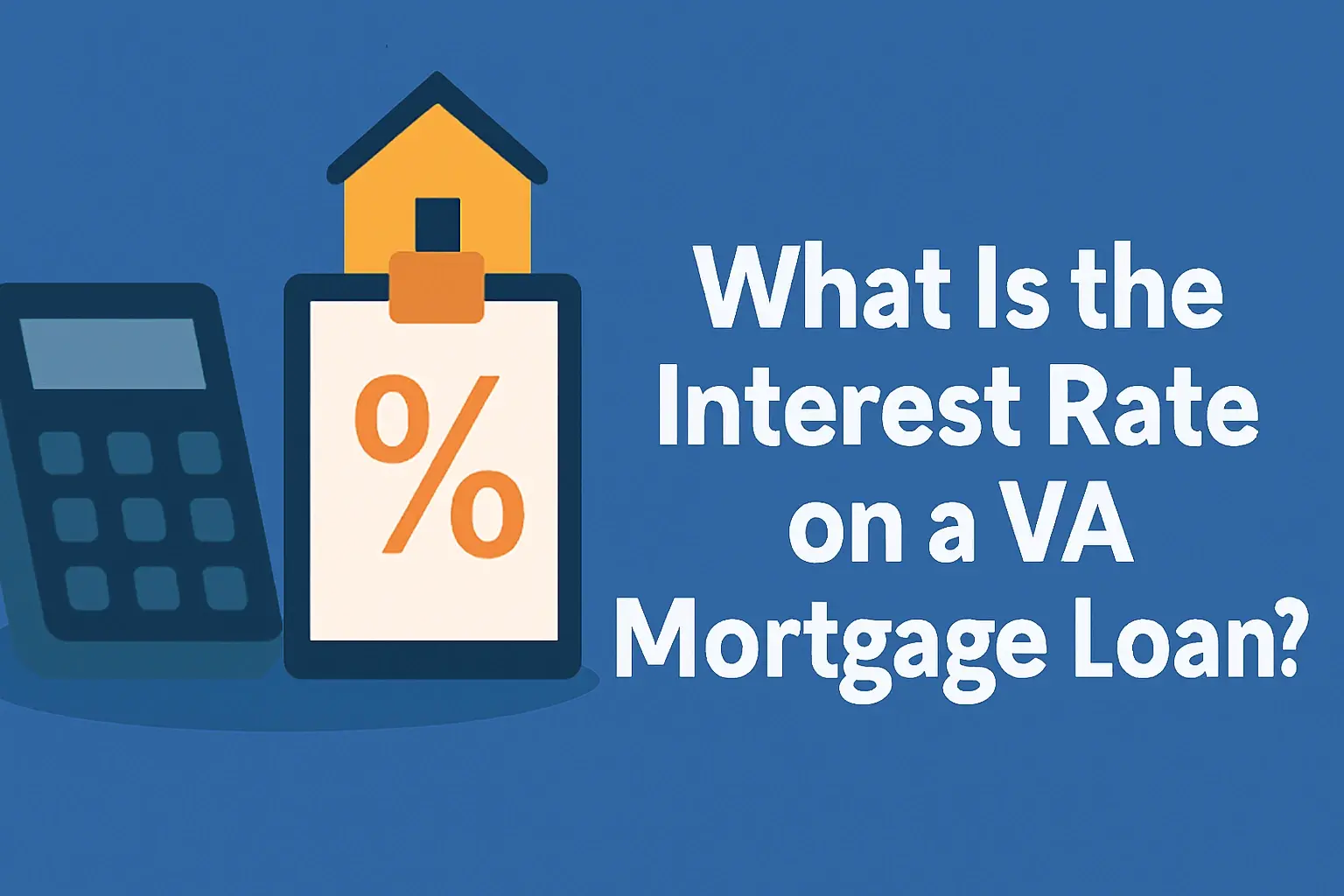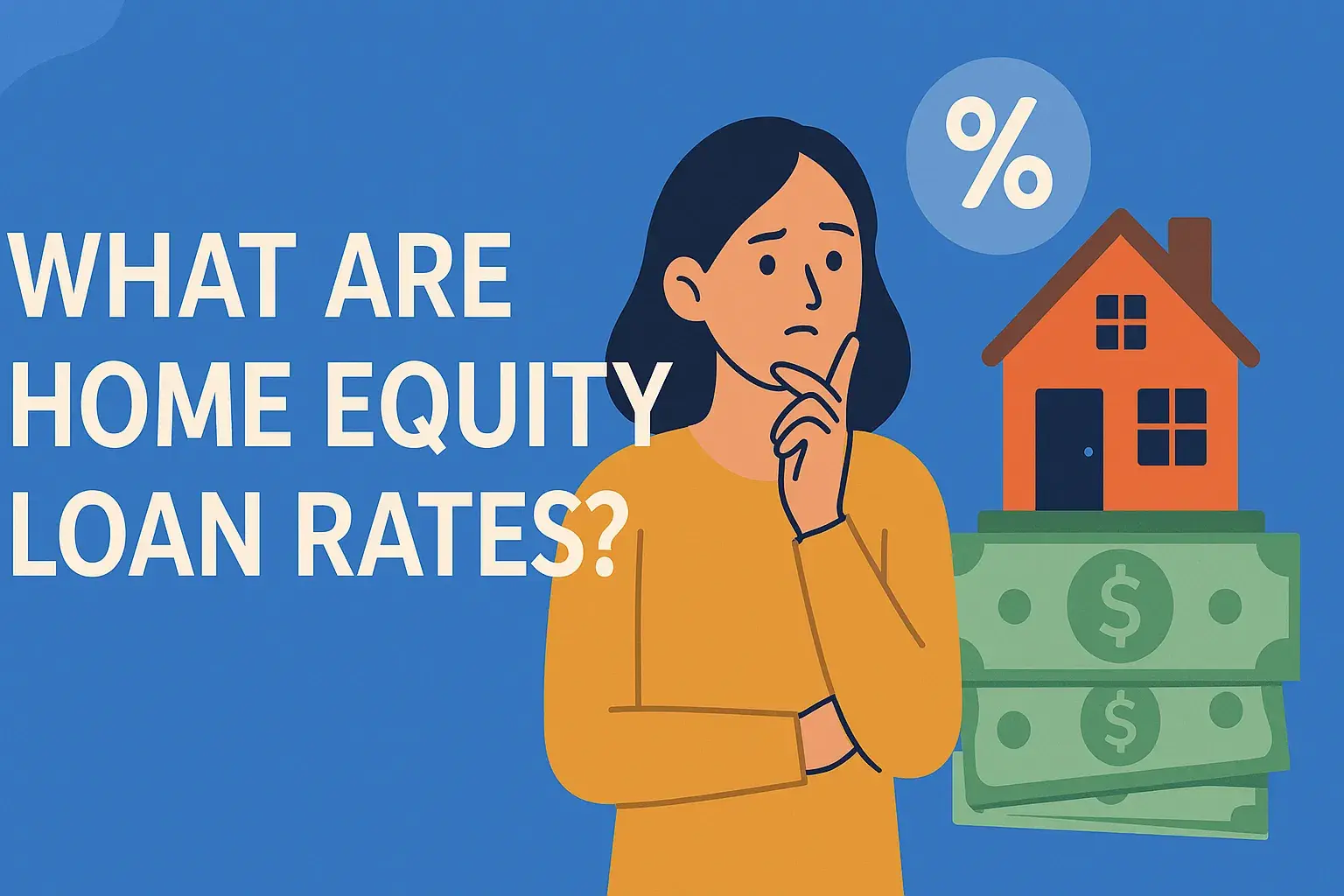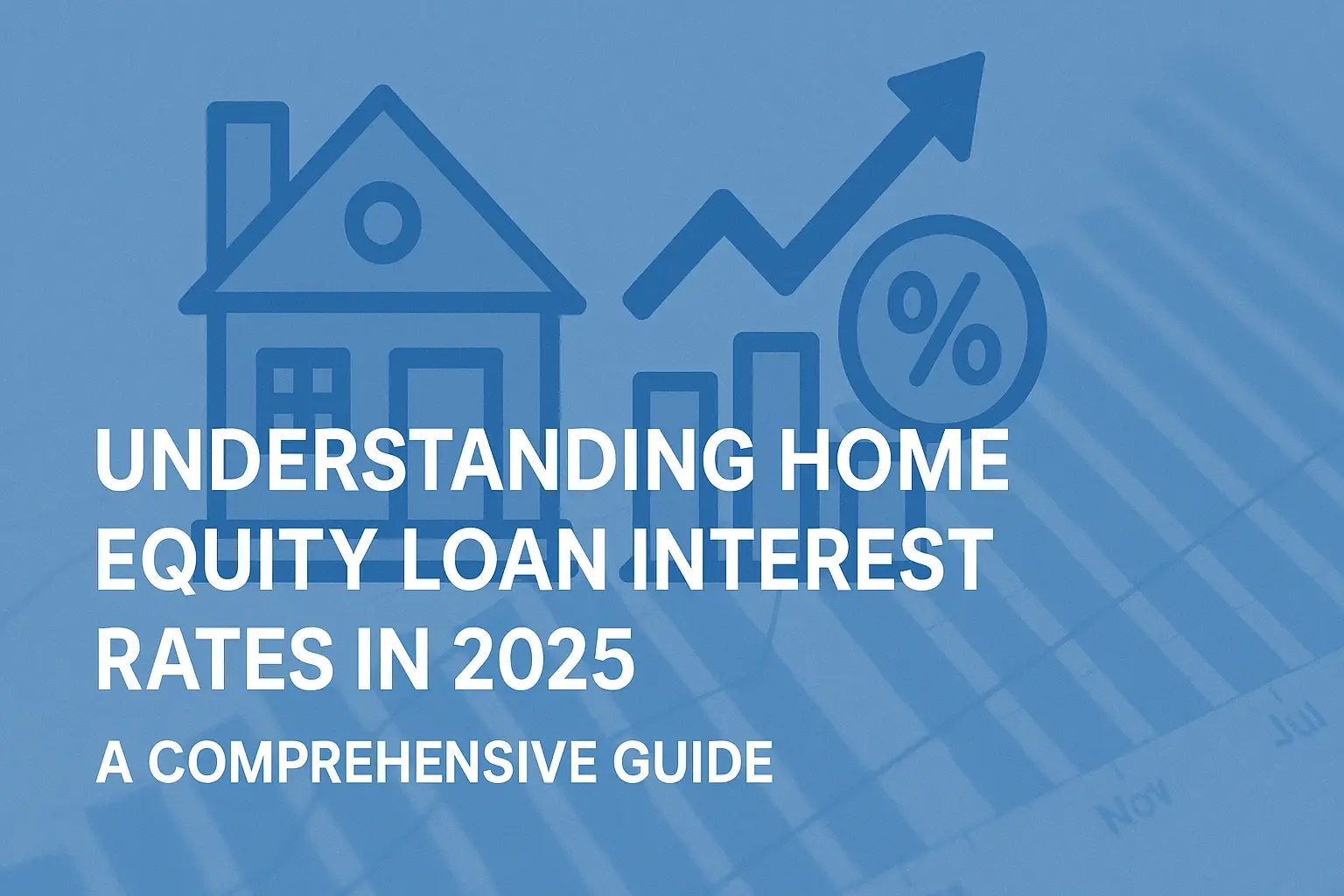-
Posted on: 23 Aug 2024

-
Paying off your home loan is a significant financial milestone. While traditional methods like direct debit or checks are common, the possibility of using a credit card to make mortgage payments often piques interest. The allure of racking up credit card rewards, cashback, or travel points can be tempting. However, paying a home loan with a credit card is a complex issue with potential benefits and significant drawbacks. This comprehensive guide will explore the intricacies of using a credit card for mortgage payments, helping you make an informed decision.
Understanding the Basics
Before diving into the mechanics, it's crucial to understand why paying a home loan with a credit card isn't as straightforward as using it for everyday purchases.
Why It's Not a Standard Practice
Most mortgage lenders don't directly accept credit card payments. This is primarily because:
- Transaction Fees: Credit card companies charge merchants (in this case, your mortgage lender) a percentage of each transaction. These fees can be substantial, and lenders are usually unwilling to absorb these costs for large mortgage payments.
- Increased Risk: Lenders prefer predictable and reliable payment methods. Credit card payments introduce a higher risk of non-payment due to credit limits, potential credit score issues, or the borrower reaching their credit card limit.
- Regulatory Issues: Accepting credit cards for mortgage payments could potentially complicate compliance with certain lending regulations.
Methods to Pay Your Home Loan with a Credit Card
Despite the challenges, several methods allow you to indirectly pay your mortgage using a credit card. Each method comes with its own set of fees, risks, and rewards.
1. Using a Third-Party Payment Service
Third-party payment services act as intermediaries between you and your mortgage lender. These services accept credit card payments and then forward the funds to your lender. Popular options might include services designed for paying bills, although their availability for mortgages may be limited and subject to significant fees.
How It Works:
- Sign Up: Create an account with the third-party payment service.
- Link Accounts: Link your credit card and your bank account.
- Initiate Payment: Use your credit card to pay the mortgage amount through the service.
- Service Pays Lender: The service then sends the funds to your mortgage lender, usually through an ACH transfer or a check.
Pros:
- Potential to Earn Rewards: You can earn credit card rewards, cashback, or travel points on your mortgage payment.
Cons:
- High Fees: Third-party services typically charge a significant fee for processing credit card payments. This fee can negate the value of any rewards you earn. A common fee might be 2-3% of the transaction amount, rendering the rewards earned almost meaningless.
- Limited Availability: Finding a reputable service that specifically handles mortgage payments can be challenging.
2. Cash Advance
A cash advance involves withdrawing cash from your credit card and using it to pay your mortgage. This is generally considered one of the worst options due to its high costs and negative impact on your credit score.
How It Works:
- Withdraw Cash: Use your credit card to withdraw cash from an ATM or at a bank.
- Deposit Funds: Deposit the cash into your bank account.
- Pay Mortgage: Use your bank account to pay your mortgage lender.
Pros:
- Potentially a Temporary Solution: If you're facing a short-term cash crunch, a cash advance could provide temporary relief.
Cons:
- Extremely High Interest Rates: Cash advances typically have significantly higher interest rates than regular purchases.
- Immediate Interest Accrual: Unlike regular purchases, interest on cash advances usually starts accruing immediately, with no grace period.
- Cash Advance Fees: You'll likely be charged a fee for each cash advance, further increasing the cost.
- Negative Impact on Credit Score: Using a large portion of your credit limit for a cash advance can negatively impact your credit score.
3. Balance Transfer
A balance transfer involves transferring the balance of your mortgage to a credit card with a low introductory interest rate or a 0% APR. While seemingly attractive, this approach is usually impractical and not recommended.
How It Works:
- Find a Suitable Card: Search for a credit card with a low introductory APR on balance transfers and a high enough credit limit to accommodate a significant portion of your mortgage.
- Apply for the Card: Apply for the credit card and get approved.
- Initiate the Transfer: Request a balance transfer from your mortgage lender to the credit card.
Pros:
- Potential Interest Savings: If you qualify for a 0% APR balance transfer, you could temporarily save on interest payments.
Cons:
- Balance Transfer Fees: Most credit cards charge a balance transfer fee, typically 3-5% of the transferred amount.
- Limited Credit Limit: The credit limit on your card is unlikely to cover the entire mortgage balance.
- Temporary Benefit: The low introductory APR is temporary, and the interest rate will likely increase significantly after the promotional period.
- Mortgage Lender Restrictions: Most mortgage lenders will not allow a balance transfer to a credit card. They have systems set up to receive specific types of payments.
4. Manufactured Spending
Manufactured spending involves using your credit card to purchase items that can be easily converted back into cash or used to pay your mortgage. This is a complex strategy and requires careful planning and execution. It also carries significant risks.
How It Works:
- Purchase Items: Use your credit card to purchase prepaid debit cards, gift cards, or other cash-equivalent items.
- Convert to Cash: Convert these items back into cash or use them to pay your mortgage. For example, you might load a prepaid debit card and then withdraw the cash from an ATM.
Pros:
- Maximizing Rewards: Can potentially earn significant credit card rewards without actually spending money.
Cons:
- High Risk: Manufactured spending involves complex transactions that can be easily flagged by credit card companies and banks.
- Potential Fees: Fees associated with purchasing and converting cash-equivalent items can eat into your rewards.
- Risk of Account Closure: Engaging in manufactured spending can violate the terms and conditions of your credit card agreement, leading to account closure.
- Time-Consuming: Manufactured spending requires significant time and effort.
5. Credit Card Checks
Some credit card companies offer checks that you can write against your credit line. You could theoretically write a check to your mortgage lender. This option is similar to a cash advance and carries similar drawbacks.
How It Works:
- Receive Checks: Your credit card company sends you checks that can be used against your available credit.
- Write Check to Lender: Write a check to your mortgage lender for the payment amount.
Pros:
- Convenience: Relatively easy to execute.
Cons:
- High Interest Rates: Credit card checks often have high interest rates, similar to cash advances.
- Fees: May be fees associated with using credit card checks.
- Potential Impact on Credit Score: Utilizing a large portion of your credit limit can negatively impact your credit score.
Important Considerations Before Paying Your Home Loan with a Credit Card
Before considering any of these methods, it's crucial to weigh the potential benefits against the risks and costs. Ask yourself the following questions:
- Are the rewards worth the fees? Calculate the total cost of fees associated with using a credit card to pay your mortgage and compare it to the value of the rewards you'll earn.
- Can you pay off the balance quickly? If you can't pay off the credit card balance within a short period, the interest charges will likely outweigh any rewards you earn.
- What's the impact on your credit score? Using a large portion of your credit limit can negatively impact your credit score.
- Are there alternative payment options? Explore other options, such as setting up automatic payments from your bank account or negotiating with your lender for a more flexible payment plan.
Alternative Payment Methods for Your Home Loan
In most cases, alternative payment methods are more practical and cost-effective than using a credit card. Consider these options:
- Direct Debit: Set up automatic payments from your bank account to ensure timely payments and avoid late fees.
- Online Bill Pay: Use your bank's online bill pay service to schedule mortgage payments.
- Check Payments: Mail a check to your mortgage lender.
- Bi-Weekly Payments: Making bi-weekly payments can help you pay off your mortgage faster and save on interest.
The Verdict
While the idea of earning credit card rewards on your mortgage payments can be tempting, the reality is that paying your home loan with a credit card is generally not a financially sound decision. The high fees, interest rates, and potential impact on your credit score usually outweigh any potential benefits. It's crucial to carefully evaluate the costs and risks before considering this option. In most cases, sticking to traditional payment methods like direct debit or online bill pay is the most prudent approach.
When Might It Be Worth Considering? (Rarely)
There are very few scenarios where using a credit card to pay your home loan *might* be justifiable:
- Meeting a Minimum Spending Requirement: If you need to meet a minimum spending requirement to earn a valuable sign-up bonus on a new credit card, *and* you can pay off the balance immediately *and* the fees are minimal, it *might* be worth considering. However, carefully weigh the pros and cons.
- Extremely Short-Term Emergency: If you're facing a very short-term cash emergency and have no other options, a cash advance might provide temporary relief. However, it should be considered a last resort due to its high cost.
Even in these situations, carefully calculate the costs and risks and ensure that you can pay off the balance quickly to avoid accumulating interest charges.








